Comprehensive GIS solutions to visualize, analyze, and manage spatial data for smarter decision-making.
GIS Mapping Solutions
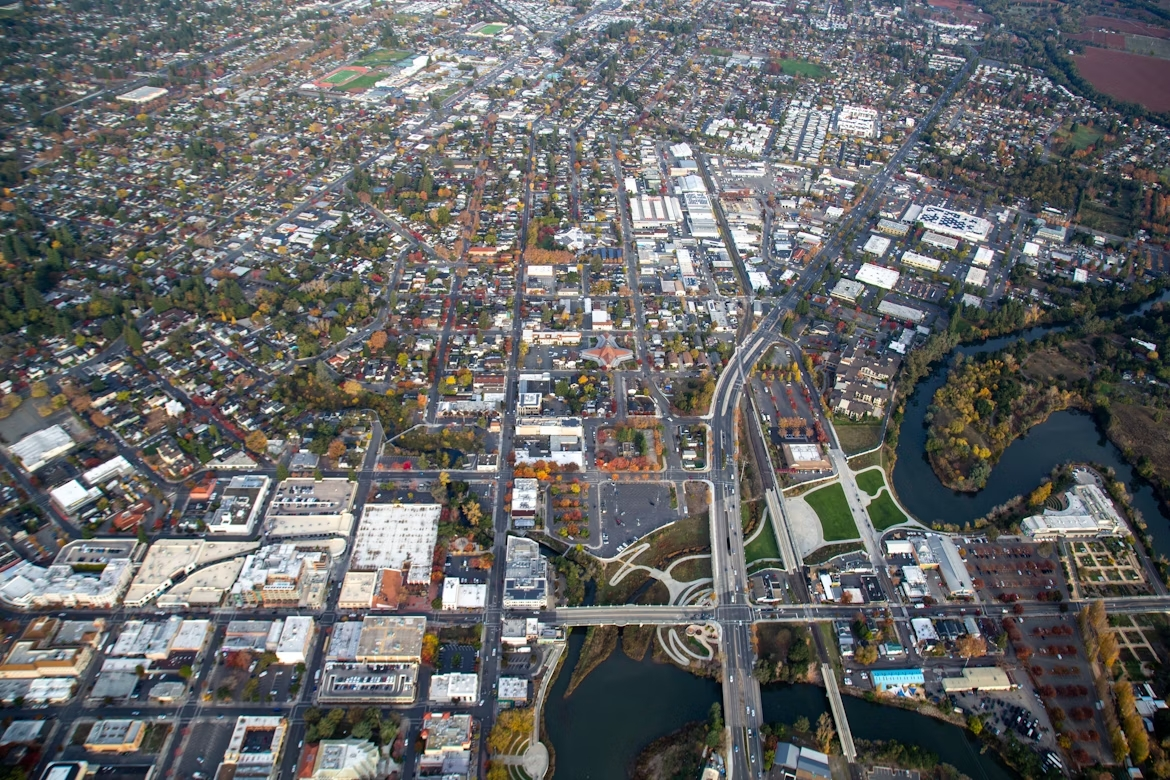
GIS Mapping Solutions
We offer end-to-end GIS mapping solutions for organizations seeking precise geospatial mapping, planning, and decision support across various sectors.
What make BEtter From Others
Features / Capabilities
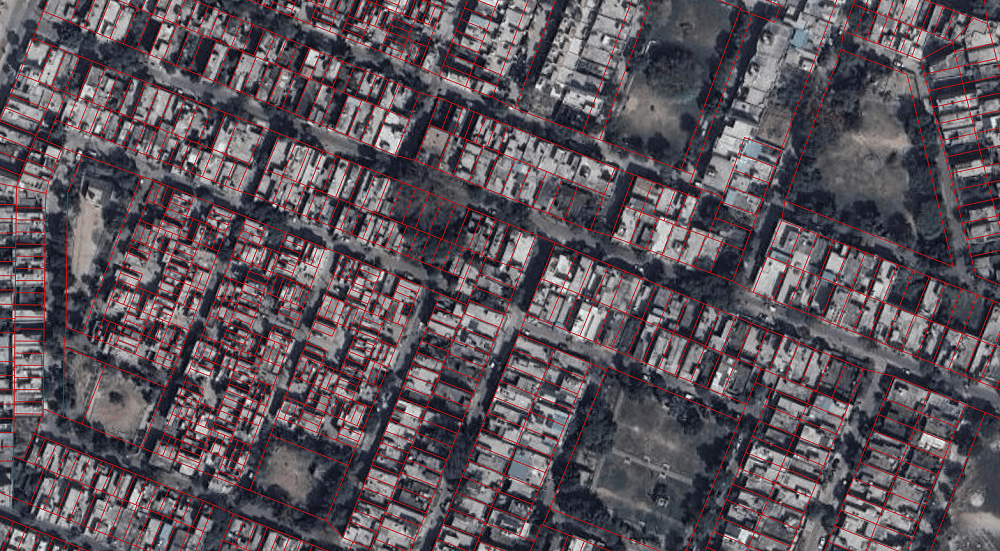
Base maps, thematic layers, and infrastructure mapping.
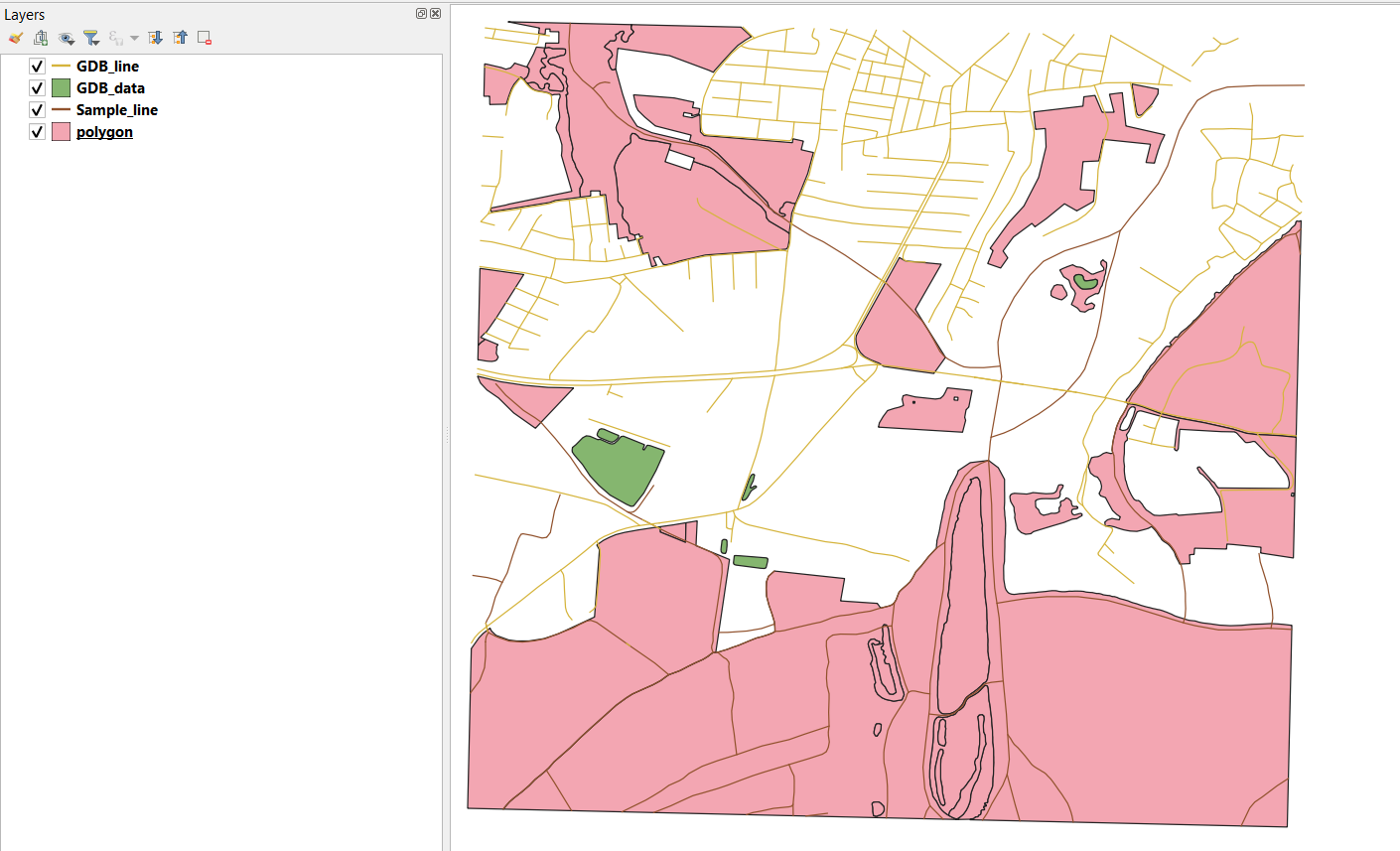
System design, deployment, and geo-database creation.

Standardization, cleaning, and integration of GIS datasets.

Cloud-based mapping portals with real-time visualization.

Proximity, network, buffer, overlay, and suitability analysis.
Applications
Explore the Applications
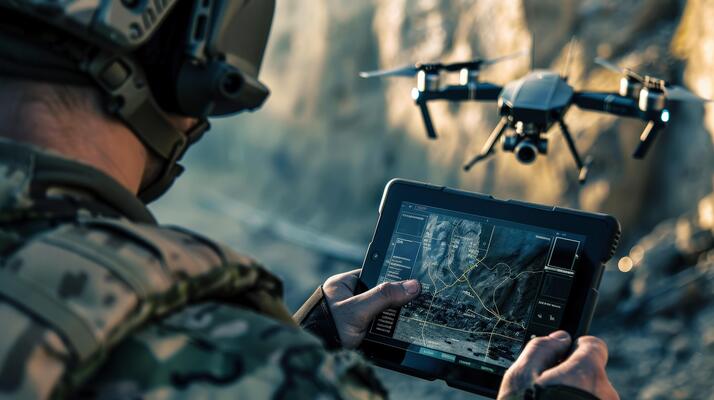
Defense & Security – Enhancing surveillance and strategic monitoring
Defense & Security
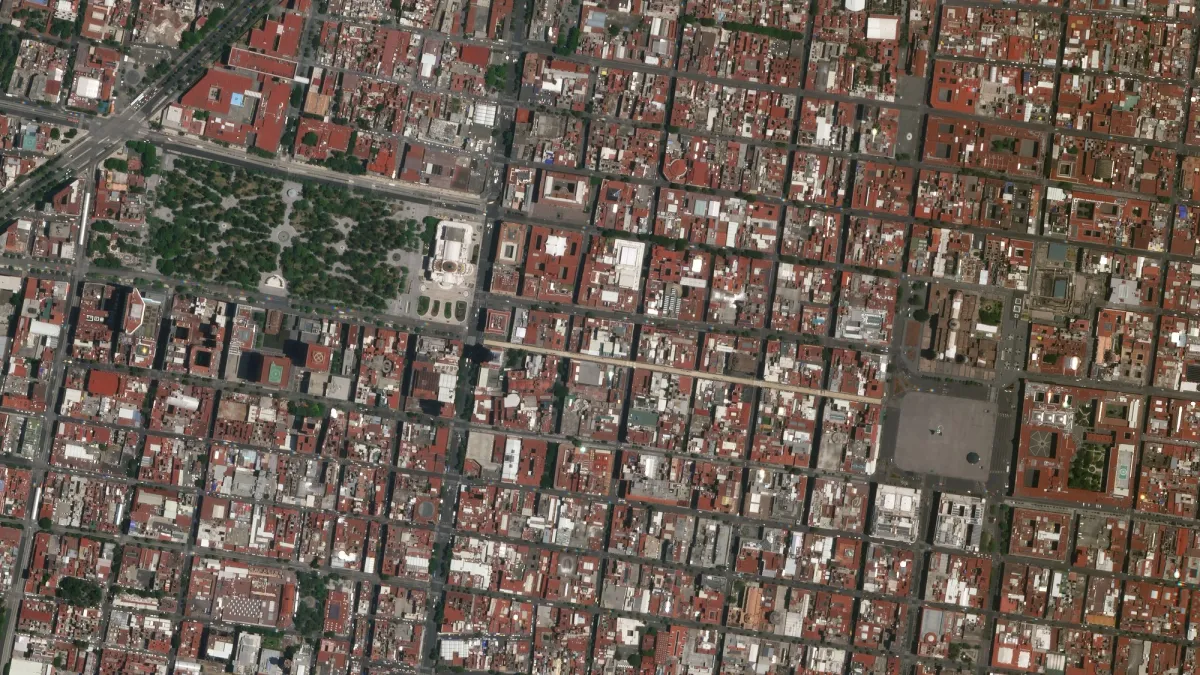
Urban Planning & Smart Cities – Accurate mapping for sustainable infrastructure
Urban Planning & Smart Cities
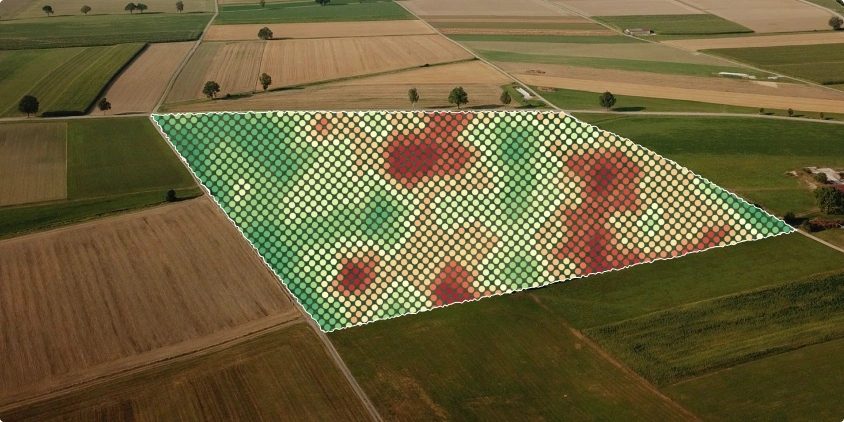
Agriculture – Crop monitoring and yield optimization
Agriculture

Mining & Energy – Exploration and operational efficiency
Mining & Energy
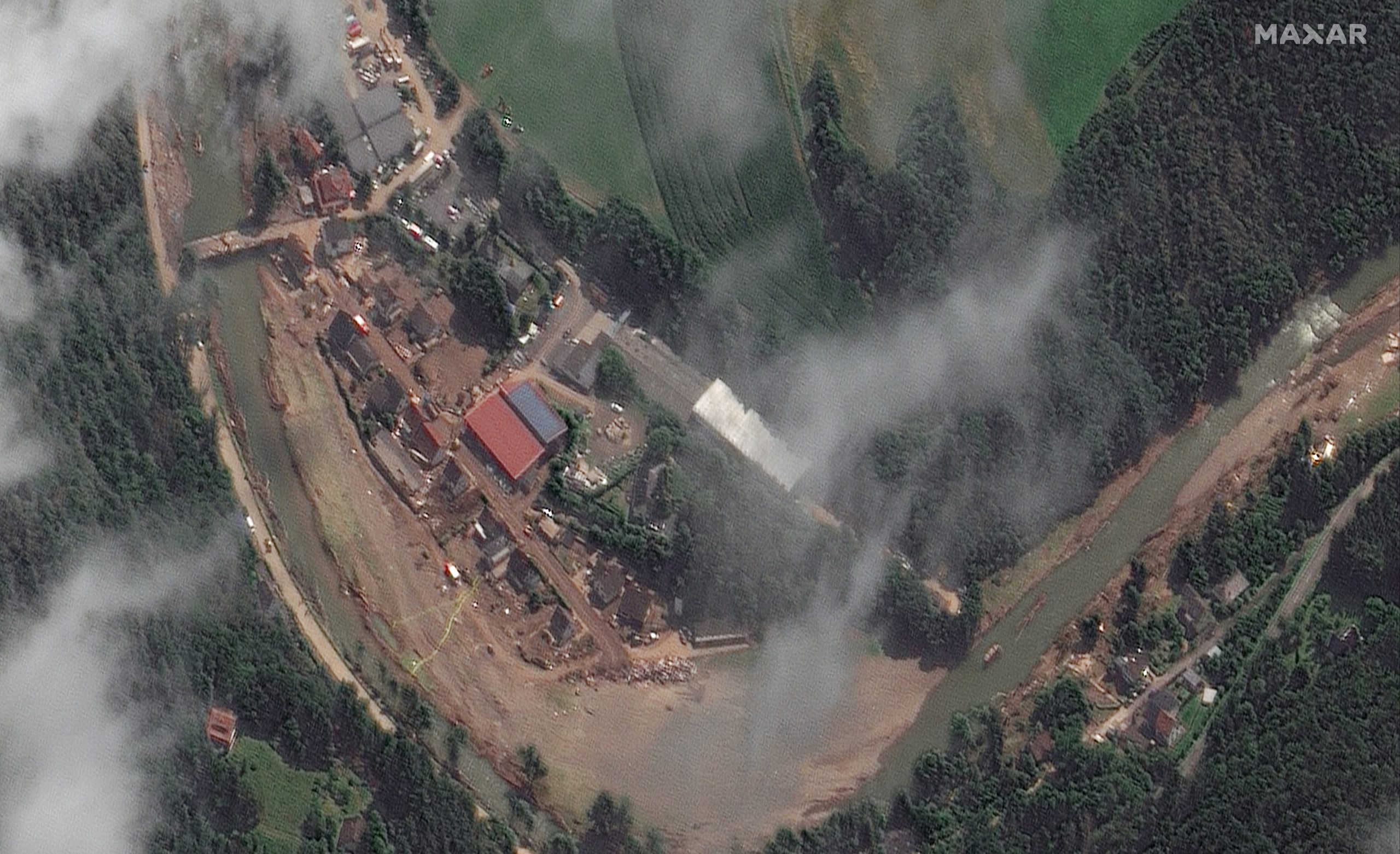
Environment & Disaster Management – Rapid response and recovery planning
Environment & Disaster Management
Book a call
Ready to Get Started?
Corporate Office:
1006, Kanchenjunga Building, 18, Barakhamba Road, New Delhi-110001, India
Branch Office:
CP 2154, Sector 16A, Vasundhara, Ghaziabad- 201012, Uttar Pradesh, India
